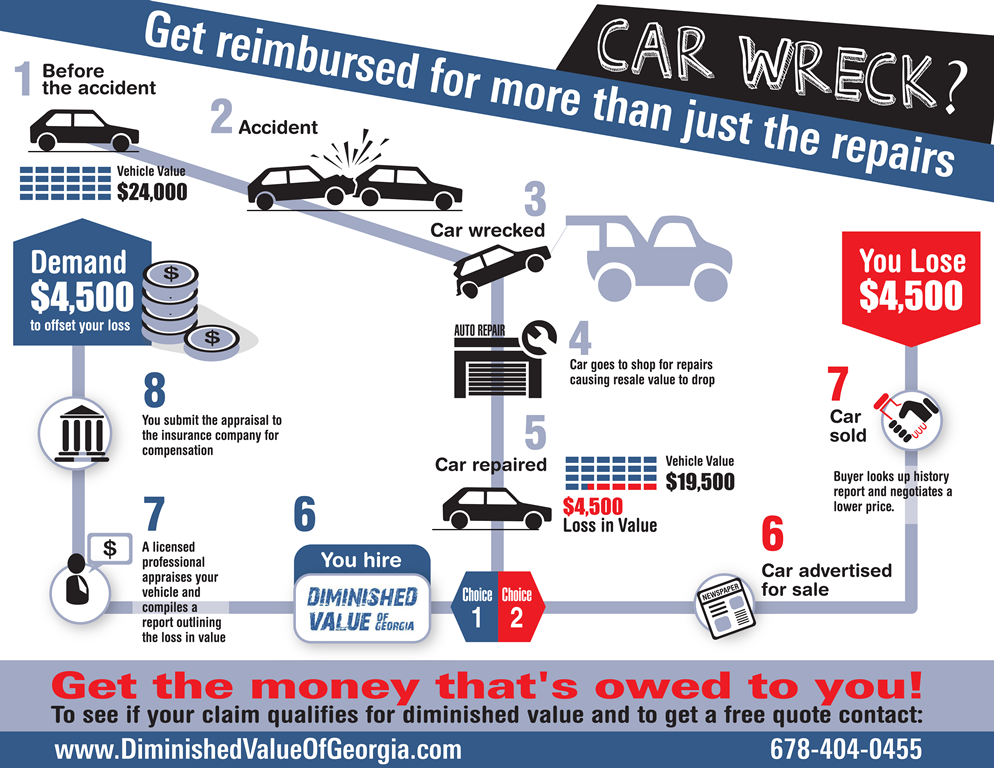Analyzing Your Vehicle'S Warning Indicators: What They Really Communicate
Analyzing Your Vehicle'S Warning Indicators: What They Really Communicate
Blog Article
Write-Up By-Vinson Shepherd
When you're behind the wheel, those glowing caution lights on your dashboard can be a little bit perplexing. Do you recognize what they're attempting to tell you concerning your car's health? Recognizing the value of these lights is essential for your safety and security and the long life of your lorry. So, the next time among those lights turns up, would not you intend to decode its message precisely and take the needed actions to address it?
Common Caution Lights and Interpretations
Determine usual caution lights in your automobile and recognize their significances to ensure risk-free driving.
One of the most typical caution lights include the check engine light, which indicates issues with the engine or exhausts system. If this light begins, it's essential to have your car examined without delay.
The oil pressure advising light indicates reduced oil pressure, needing instant focus to prevent engine damage.
A flashing battery light may recommend a faulty billing system, potentially leaving you stranded otherwise dealt with.
The tire stress surveillance system (TPMS) light informs you to reduced tire stress, impacting car security and gas effectiveness. Disregarding this could bring about unsafe driving conditions.
The ABS light suggests a trouble with the anti-lock stopping system, jeopardizing your capability to stop promptly in emergencies.
Last but not least, the coolant temperature cautioning light warns of engine overheating, which can cause serious damage otherwise dealt with promptly.
Understanding these common caution lights will certainly aid you attend to problems immediately and keep safe driving conditions.
Significance of Prompt Attention
Recognizing the common warning lights in your auto is just the initial step; the value of quickly addressing these cautions can't be highlighted sufficient to ensure your security when traveling.
When a caution light illuminates on your control panel, it's your auto's method of communicating a prospective problem that requires attention. Disregarding these warnings can lead to extra extreme problems down the road, jeopardizing your safety and possibly costing you a lot more in repairs.
Motivate focus to warning lights can stop malfunctions and mishaps. For instance, a flashing check engine light can show a misfire that, if left ignored, might cause damages to the catalytic converter. Resolving this promptly can save you from a costly repair work.
Similarly, go to this site advising light may indicate low brake fluid or used brake pads, crucial elements for your safety when driving.
Do It Yourself Troubleshooting Tips
If you see a caution light on your dashboard, there are a couple of do it yourself troubleshooting ideas you can try prior to seeking expert aid.
The initial step is to consult your auto's handbook to comprehend what the details caution light suggests. Often https://fox5sandiego.com/automotive/spend-less-at-the-pump-with-these-fuel-saving-tips/ can be as easy as a loose gas cap setting off the check engine light. Tightening the gas cap might deal with the trouble.
Another typical problem is a low battery, which can activate numerous advising lights. Examining the battery links for corrosion and guaranteeing they're secure may repair the problem.
If a warning light continues, you can attempt resetting it by separating the auto's battery for a few mins and afterwards reconnecting it. Furthermore, examining your car's fluid degrees, such as oil, coolant, and brake fluid, can aid troubleshoot cautioning lights related to these systems.
Final thought
To conclude, understanding your vehicle's warning lights is crucial for keeping your car running efficiently and safely. By without delay attending to these notifies and understanding what they imply, you can prevent expensive repairs and possible break downs.
Remember to consult your car's guidebook for particular details on each warning light and take action appropriately to make certain a trouble-free driving experience.
Keep educated, stay risk-free when driving!
